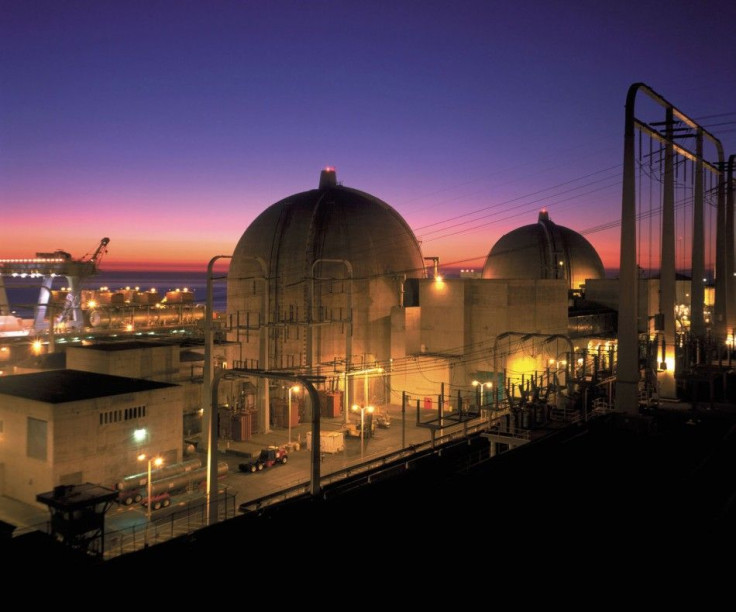Is America equipped to tackle a Japan-like nuclear emergency?

As the enormity of the disaster in Japan continues to unfold bringing in its wake the worst nuclear threat in recent history, nuclear nations the world over are taking a relook at their safety and disaster management systems as well as tolerance thresholds. However, a study initiated in the U.S. state health departments much before Japan's nuclear crisis shook the world, has thrown up the alarming finding that most American states are ill-equipped to cope with a nuclear radiation emergency should it arise.
The September 2010 study published on Monday in the American Medical Association journal, Disaster Medicine and Public Health Preparedness found that almost half out of the 38 states surveyed (26 among which had nuclear power installations) had no plans to deal with radiation related contingency. Many of them even lack the resources to check for potential hazardous impact on the health of the population in the event of a radiation accident, says the study quoted in an AFP report.
The study calls for better preparing and educating public health personnel to respond to radiation emergency as well as increased strategic planning and exercise of scenarios for radiation release events. It identifies a need for greater coordination and ties between these state health departments and federal agencies that could increase the speed and effectiveness with which remedial steps are taken in case there is a crisis.
America has 104 nuclear plants, some of them in earthquake prone states such as Washington or California. Authorities say that most of these are built to withstand the worst possible earthquakes in these regions. For example, as was pointed out in a recent NBC Nightly News bulletin, the plant in Diablo Canyon in California is built in consideration of the possibility of a 7.5-magnitude earthquake. However, the recent catastrophe in Japan has shown that Nature could well defy all human calculations (the magnitude of the March 11 earthquake has now been revised to 9.0). Speaking to NBC, Richard Lester from the MIT Department of Nuclear Science and Engineering conceded that there could be an argument here for revising expectations and considering greater magnitudes than had earlier been factored in.
The other concern is back-up power, failure of which is one of the principal reasons triggering the current meltdown in the Japanese reactors. U.S. authorities however say that they have considerably upgraded and bolstered their power back-ups post 9/11 to deal with such collapses.
© Copyright IBTimes 2024. All rights reserved.











